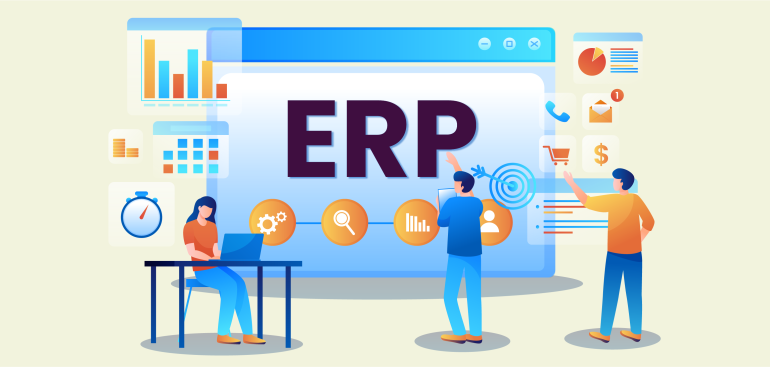Squarespace launched in 2003 is a website-building and hosting platform to help creative users or entrepreneurs to build incredible sites. Anyone who wants to make your brand visible online must have a website. To meet all requirements related to your website design, Squarespace is here to help out. You can build your website with an attractive design by using pre-designed templates drag-and-drop elements or various tools. It will help you to make a comprehensive website without knowing coding.
The designs available on the platform are fully responsive to any device from computers to mobile phones.
Therefore, the website can give a seamless and enjoyable experience for the visitors. Along with the design, it has a selection of powerful tools from in-built SEO tools to optimize the website to E-Commerce functionality which helps in making purchases and payments. Easily customizable templates, website analytics and reports, e-commerce tools, email marketing tools, social media integration, drag-and-drop website editing and design, point of sale extension, search engine solutions, and more are some key features of Squarespace.
If we talk about the pricing plans offered
by Squarespace, basically you can pay annually or monthly. All these plans come with a free 14-day trial to explore or try out the various features.
- Personal: – This is a basic plan, that comes with best-in-class and fully customizable templates. Along with this, there are several other benefits as well such as mobile-optimized websites, free domain with a year plan, templates best for every fit, and sending invoices for free.
- Business: – This plan is suitable for those who have online stores, who want to make regularly, and who want to grow their audience. In terms of benefits, in addition to the benefits of a personal plan, it provides analytics reports, checks on the domain, and sells products and services.
- Commercial Basic: – Under this plan, Squarespace gives various selling tools to grow your business. There is no transaction fee as well. In terms of benefits, in addition to business plan benefits it provides powerful merchandising.
- Commercial Advanced: – Under this plan, Squarespace gives all the tools that are necessary for growing business online, and there are no transaction fees as well. In terms of benefits in addition to Commercial basic plan benefits it includes other benefits as well such as advanced shipping, advanced discounting, and selling subscriptions to generate more revenue.
Products offered: –
- Website designing: – This is the main product, allowing users to create stunning websites for personal or business use. Templates on which the site will be built, come with in-built SEO tools, portfolio, blogging tools, analytics, apps and tools, and mobile editing.
- Domain: – Users can secure their domain name with SquareSpace as well, it gives registration services with free WHOIS Privacy, SSL, and Premium DNS. You can host with them or with other providers as well.
- Online stores: – Comprehensive and customizable e-commerce solutions for those users who want to sell products and services online.
- Email Marketing: – An integrated email marketing platform that lets users create and send eye-catching emails to interact with their audience and increase website traffic.
- Logo Maker: – It also provides you an opportunity to make brands exclusive in the eyes of the audience by designing the exclusive logo for your business.







